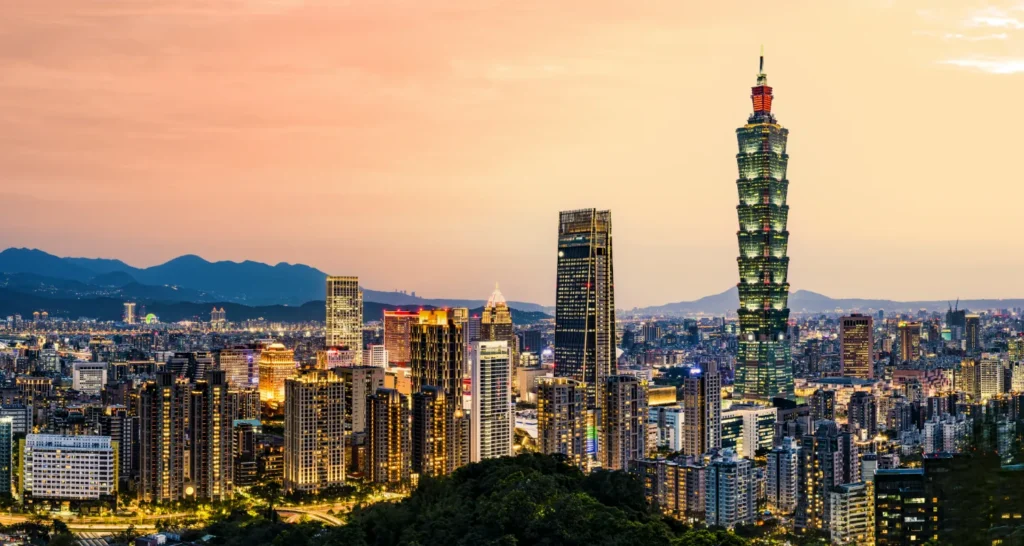McKinsey Smart City strategy says “Sensor data promise a new way to automate infrastructure
Now technology is being injected more directly into the lives of residents. Smartphones have become the keys to the city, putting instant information about transit, traffic, health services, safety alerts, and community news into millions of hands.
After a decade of trial and error, municipal leaders are realizing that smart city strategies start with people, not technology. “Smartness” is not just installing digital interfaces in traditional infrastructure or streamlining city operations. It is about using technology and data purposefully to make better decisions and deliver a better quality of life.
Quality of life has many dimensions, from the air residents breathe to how safe they feel walking the streets. Dozens of digital applications address these kinds of practical and very human concerns. We find that cities could improve some key quality-of-life indicators by 10–30 percent—numbers that translate into lives saved, reduced crime, shorter commutes, a lower health burden, and carbon emissions averted. Our research also examines the deployment progress made so far in dozens of cities around the world. It finds that even the most advanced cities still have a long way to go in building the fundamentals, implementing all of the available applications, and achieving wide adoption.
Smart City – a challenge for revenue-producing ventures
While good management is central to smart cities, municipal governments cannot do everything themselves. Companies and residents play an active role in shaping a city’s performance. Many smart city innovations are revenue-producing ventures from private-sector companies, and private actors could provide roughly 60 percent of the initial investment required to deploy the full range of current tools.
Centuries ago, Adam Smith observed that the actions of many self-interested parties combine to create larger benefits to society. Today a similar kind of “invisible hand” is at work in smart cities. When a company sees a revenue-producing opportunity to offer mobility services, residents in underserved neighborhoods suddenly have new ways to get to work. When a resident looks at real-time traffic data and decides to set out at a less busy time, she avoids adding another car to the road which would worsen congestion for everyone. Millions of individual decisions and actions add up, making the city as a whole more productive and responsive. But just as governments sometimes need to address the externalities caused by Adam Smith’s invisible hand, municipal leaders must choreograph the activity in a smart city, responding to unintended consequences and ensuring that everyone benefits.
The need is clear. Cities face unprecedented pressures as populations boom and infrastructure systems are stretched. Although cities concentrate on societal problems, they are also the world’s best laboratories for solutions. Digital intelligence gives them a fresh set of tools for doing more with less.
What makes a city smart?
Smart cities put data and digital technology to work with the goal of improving the quality of life. More comprehensive, real-time data gives agencies the ability to watch events as they unfold, understand how demand patterns are changing, and respond with faster and lower-cost solutions.
In particular, smart technologies change the nature and economics of infrastructure. They reduce the cost of gathering information about usage patterns—and with an unprecedented volume of data points in hand, city governments, employers, and residents can find new ways to optimize existing systems. Some smart solutions both respond to demand and involve the public in shaping it. They encourage people to use transit during off-hours, to change routes, to use less energy and water and to do so at different times of day, and to reduce strains on the healthcare system through preventive self-care. The result is not only a more livable city but also a more productive place for businesses to operate.
Three layers work together to make a smart city hum (Exhibit E1). First is the technology base, which includes a critical mass of smartphones and other sensors connected by high-speed communication networks, as well as open data portals. Sensors take constant readings of variables such as traffic flow, energy consumption, air quality, and many other aspects of daily life and put information at the fingertips of those who need it.
The second layer consists of specific applications. Translating raw data into alerts, insight, and action requires the right tools, and this is where technology providers and app developers come in. Perhaps the best way to grasp what a smart city can be is to look at the full sweep of currently available applications (Exhibit E2). Tools are available in multiple domains: security, mobility, health, energy, water, waste, economic development, and housing, and engagement, and community.
The third layer is public usage. Many applications succeed only if they are widely adopted and manage to change behaviors. A number of them put individual users into the driver’s seat by giving them more transparent information they can use to make better choices.













